Discover possible future spaceship technologies, from the practical to the far-fetched
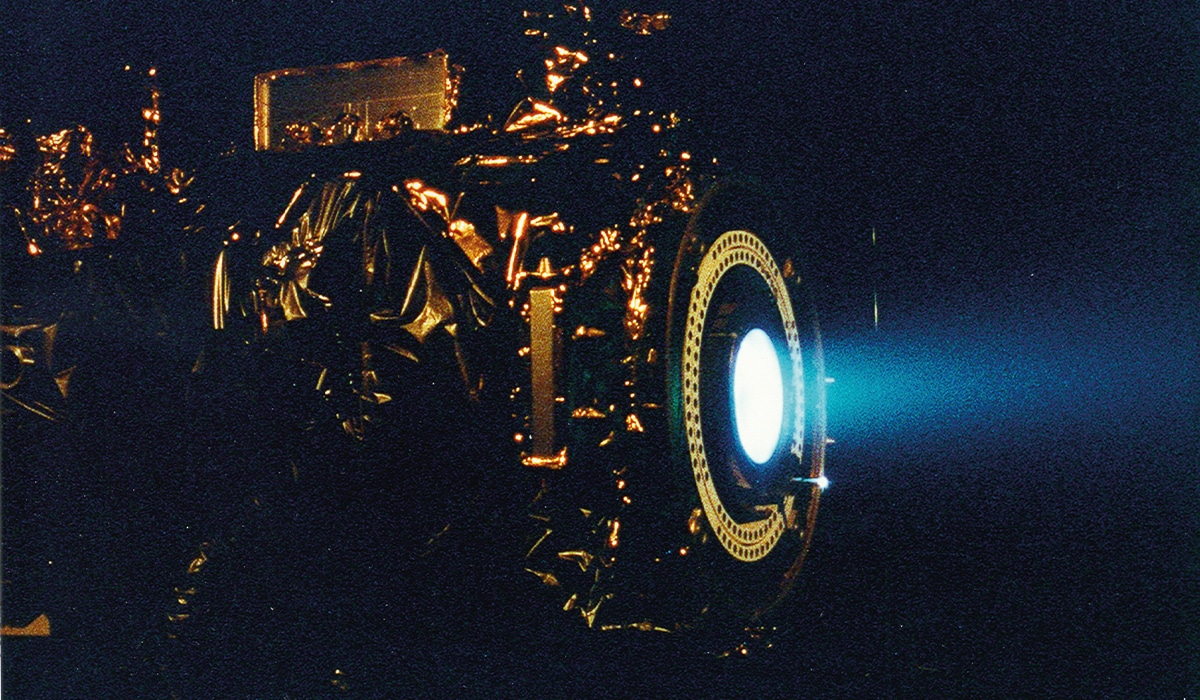
ION DRIVE
STATUS: Tested in space
RANGE: Interplanetary
Conventional rockets work by expelling exhaust gases from a combustion reaction through a rear-facing nozzle, resulting in a forward thrust via the conservation of momentum. An ion drive also generates thrust by expelling material, but in this case, it’s a stream of ions – atoms that have had electrons stripped off to create a positive electric charge. Before being ejected, these ions are accelerated to high speeds by an electric field.
The energy to maintain this field – as well as that needed to ionise the propellant atoms – comes from solar panels. For this reason, ion drives are sometimes referred to as solar-electric propulsion. Ion drives powerful enough to propel a crewed spacecraft still lie in the future, but NASA has used them in some of its smaller interplanetary probes, such as the Dawn mission to the asteroid belt and the Double Asteroid Redirection Test, which slammed into an asteroid last year.
MACH-EFFECT DRIVE
STATUS: Speculative
RANGE: Interstellar
Propulsion systems such as rockets and ion drives work by conservation of momentum, ejecting propellant in one direction to produce thrust in the opposite direction. This means their range is always limited by how much propellant they can carry.
But a few scientists believe in ‘reactionless’ space drives that don’t conserve momentum, and hence do not need any propellant. One such drive, proposed by James Woodward of the Space Studies Institute, uses what he calls the ‘Mach effect’, which draws on the ideas of a 19th-century philosopher named Ernst Mach.
Most academic physicists believe Woodward’s space drive is essentially unworkable, but he claims to have obtained these effects in a laboratory setting back in the 1990s and is seeking further research funding from NASA. If the system works in the way that Woodward hopes, he says it could power a probe all the way to Earth’s nearest known exoplanet, Proxima Centauri b.
UNDER-ICE EXPLORER
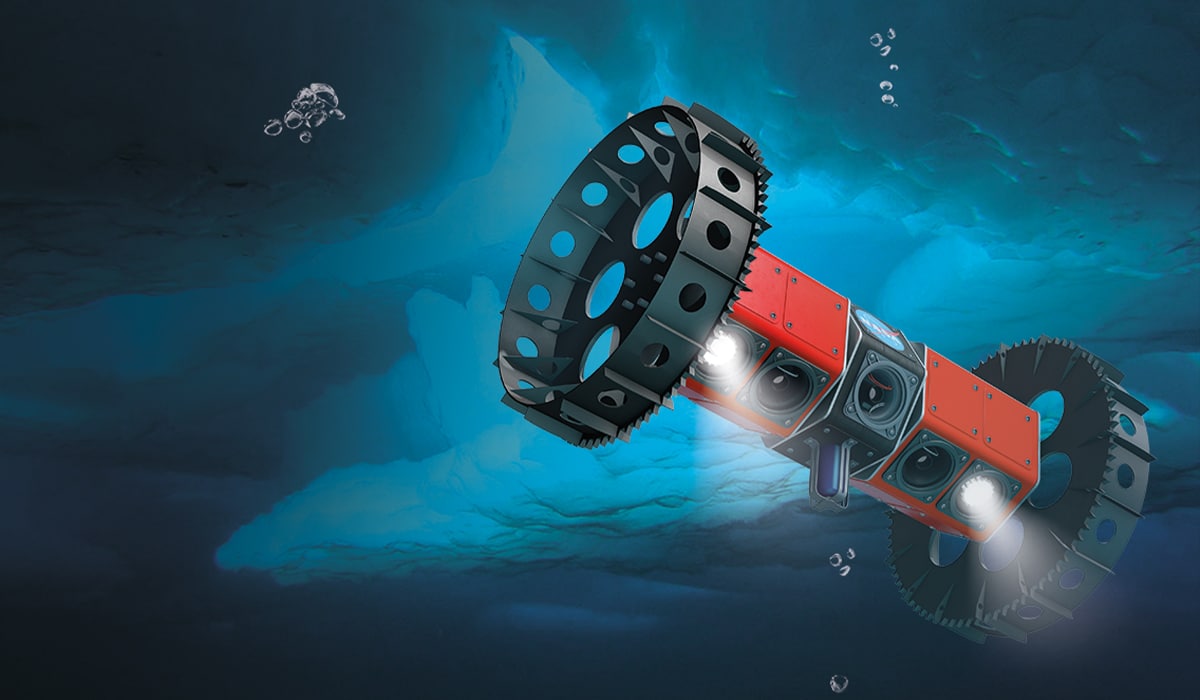
STATUS: Research project
RANGE: Planetary ocean
If there’s life in the Solar System, many scientists believe it’s most likely to be found on one or more of the icy moons of the giant outer planets Jupiter, Saturn, Uranus and Neptune. This wouldn’t be on the icy surface itself, but in the large liquid-water ocean believed to exist beneath. The most direct way to test this theory is by exploring those oceans with a robotic submarine – and that’s just what a vehicle currently being developed at NASA’s Jet Propulsion Laboratory is.
Called BRUIE, which stands for Buoyant Rover for Under-Ice Exploration, it’s initially intended for research in ice-covered seas on Earth, but it could easily be adapted for use on a future mission to an icy moon such as Europa or Enceladus, where it could search for signs of life existing at the ice-water boundary.
FLAPPING WINGS ON MARS
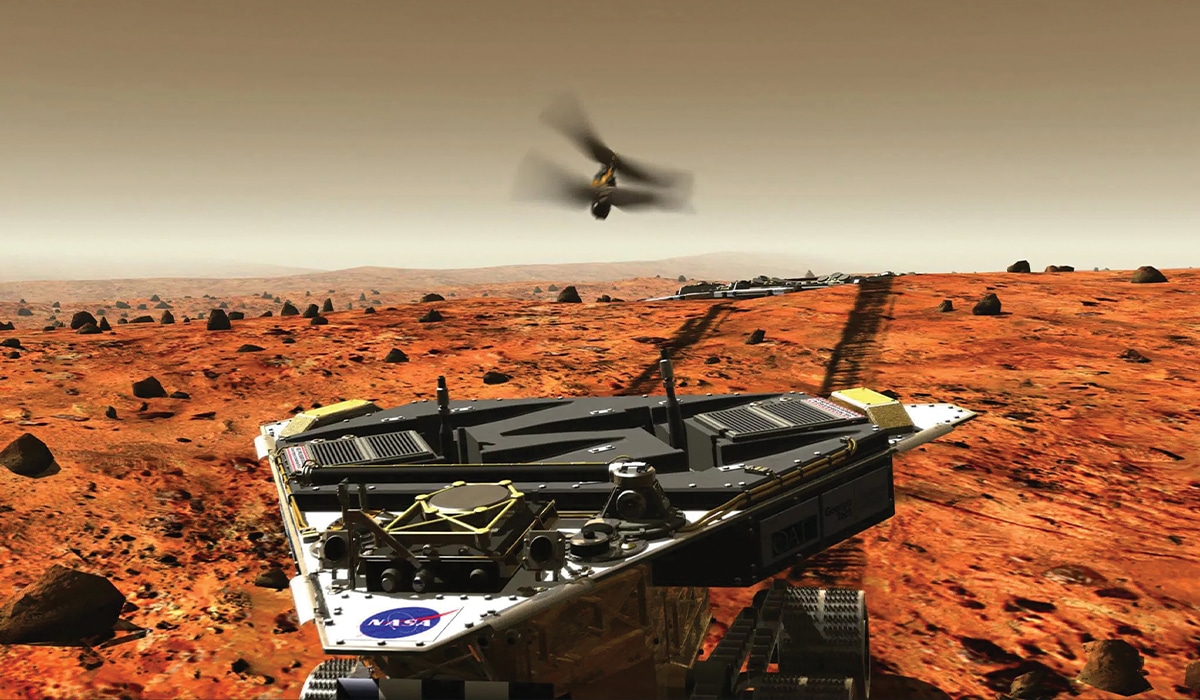
STATUS: Research project
RANGE: Planetary atmosphere
We’ve already seen the Ingenuity rover flying on Mars, but what about an entomopter? That’s the term for a robotic vehicle that flies by flapping its wings like an insect. Theoretical studies have shown this to be an ideal way of flying in the thin atmosphere and low gravity of the Red Planet.
NASA recently allocated research funding to a team that is working on ‘Marsbees’, which one team member, Chang-kwon Kang, has described as ‘robotic flapping wing flyers of a bumblebee size’. The idea is that the tiny robots would operate in swarms, using a surface rover as a charging point and communications hub while observing their environment with miniaturised sensors.
VACUUM AIRSHIP
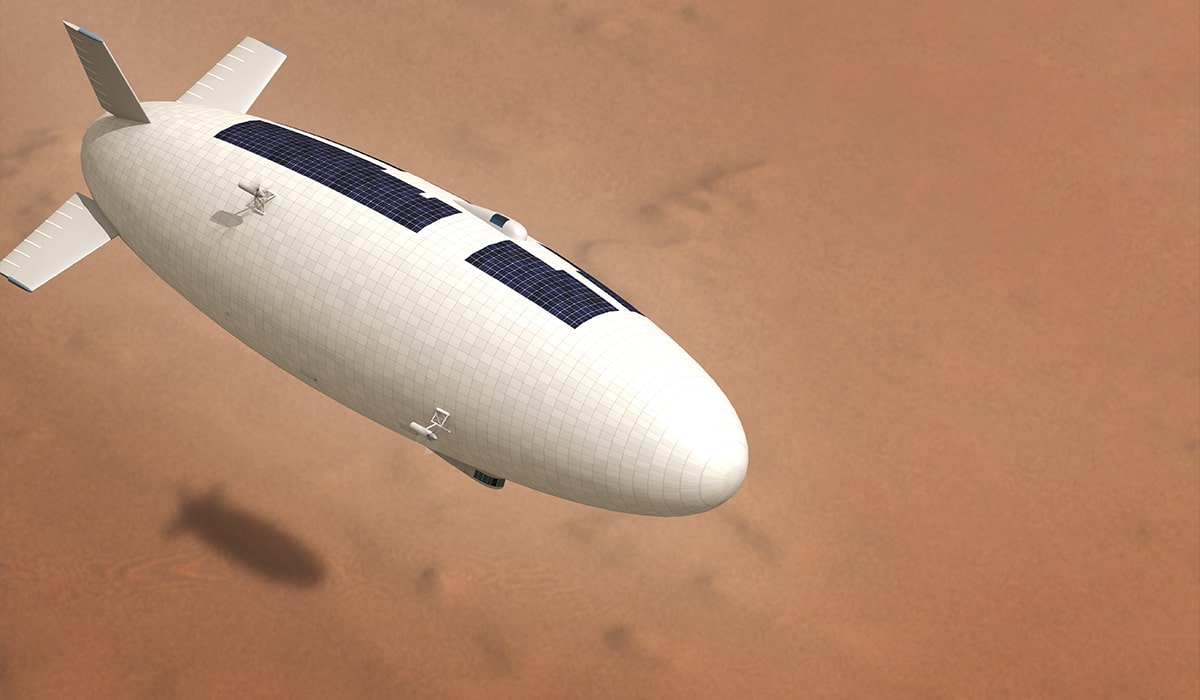
STATUS: NASA proposal
RANGE: Planetary atmosphere
On Earth, an airship floats because it’s filled with a lighter-than-air gas such as hydrogen or helium. Theoretically, an even more efficient airship could be built if it was filled with nothing at all – a complete vacuum.
That’s not possible on Earth because of atmospheric pressure. On Mars, on the other hand, where the atmosphere is much thinner, such a design might be possible, and NASA scientists have proposed building such a vacuum-filled airship. The atmosphere on Mars is thin enough that a vacuum-filled airship might be feasible.
VASIMR
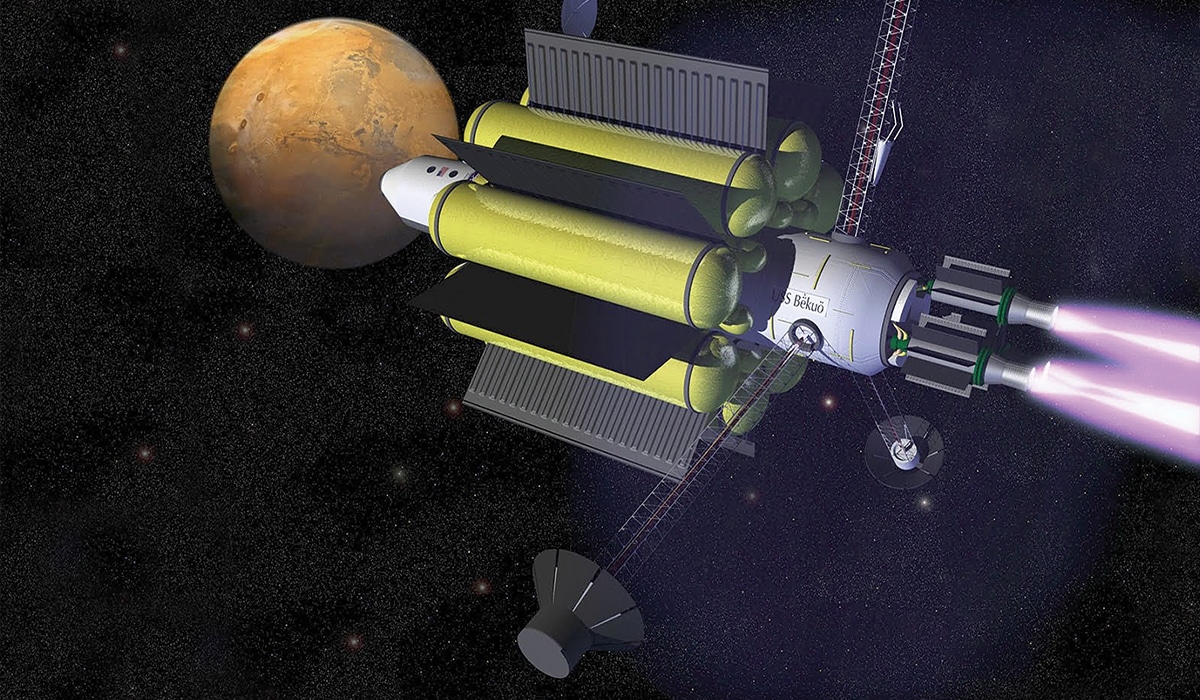
STATUS: Under development
RANGE: Interplanetary
VASIMR is a spacecraft engine under development by the Ad Astra Rocket Company. It stands for Variable Specific Impulse Magnetoplasma Rocket; it’s comparable to an ion thruster insofar as it uses electricity as the main energy source, although its mode of operation is different.
It starts in the same way by ionising a gas, but instead of using just positively charged ions as the propellant, it employs a neutral plasma containing both positive ions and electrons. This is channelled through a magnetic fi eld and ejected at high speed to provide a much greater thrust than a standard ion drive.
Using either solar panels or a nuclear reactor to generate electricity, VASIMR could power a wide range of space vehicles, from small robotic spacecraft to much larger human-crewed ones, including deep-space missions to Mars and beyond.







